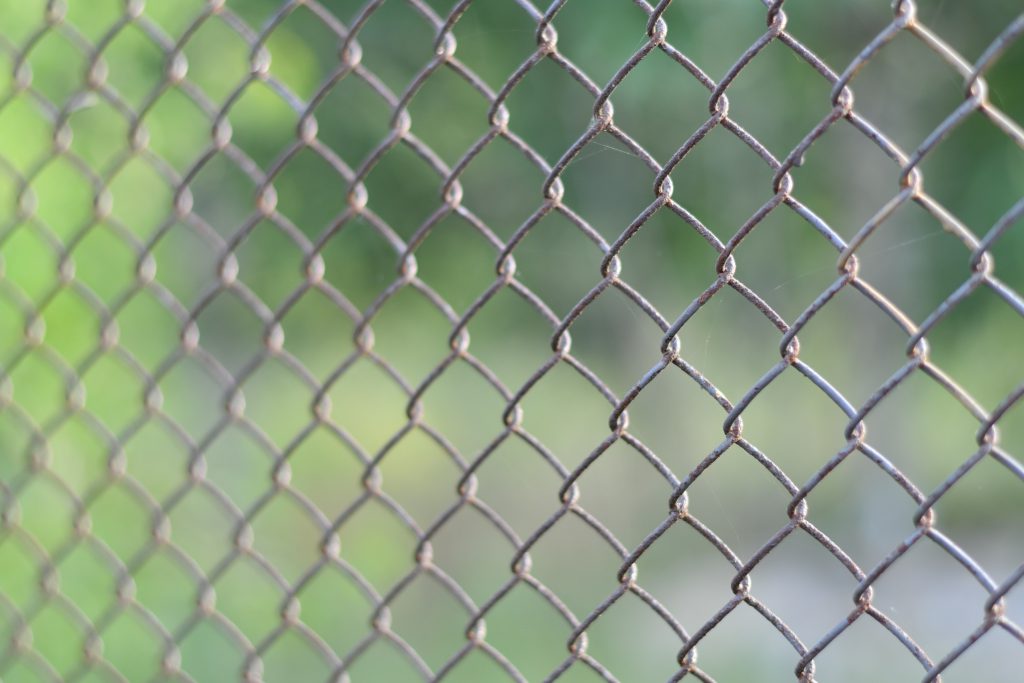Fencing is an integral part of any property, whether it’s to enclose a garden without obstructing the view, protect against unwanted intrusions, or simply mark the boundaries of a property. Among the various fencing options available, flexible fencing, also known as mesh fencing, has gained popularity. Let’s delve into the advantages and disadvantages of this type of fencing.

Flexible Fencing: An Overview
When it comes to enclosing a property, one of the primary decisions homeowners face is choosing between flexible and rigid fencing. Both options serve the primary purpose of demarcating a property, but they come with their unique set of characteristics and uses. Beyond just marking boundaries, fences play a crucial role in preventing intrusions, whether by humans or animals. They can also be used to support climbing plants or even provide some degree of privacy when combined with natural barriers like hedges.
Advantages of Flexible Fencing
1. Versatility and Ease of Use
Available in rolls, flexible fencing is easier to transport compared to rigid panels, which can be heavy and cumbersome. The roll form also makes it simpler to cut and customize according to the specific needs of the property.
2. Mesh Design
The design of the mesh plays a significant role in the fence’s durability. A finer mesh typically means a more robust and rigid fence. The way the mesh is constructed also matters. Welded mesh, where squares are interlocked, usually indicates higher quality. In contrast, torsion meshes, which have diamond-shaped patterns created by twisting wires, tend to be less sturdy.
3. Material Choices
The material of the fence determines its longevity and resistance to external factors. While bare steel is strong, it’s susceptible to weather conditions and corrosion. It’s advisable to choose galvanized or plastic-coated versions. The latter, coated with PVC, not only protects against rain but also comes in a wide range of colors, allowing homeowners to match the fence with the aesthetics of their property.
4. Cost-Effective
Budget is often a determining factor in home improvement decisions. Flexible fencing is generally more affordable than its rigid counterpart. While rigid panels can cost up to fifty euros per linear meter, flexible fencing rolls are available for just a few euros per meter.
Drawbacks of Flexible Fencing
1. Durability Concerns
While flexible fencing is cost-effective, it might not be as durable as rigid panels, especially if not chosen with care regarding mesh design and material.
2. Security
Given its flexibility, this type of fencing might not be the best choice for properties requiring high security.
3. Maintenance
Depending on the material and environmental conditions, flexible fencing might require more frequent maintenance to prevent rust and wear.
Conclusion
Choosing the right fencing for your property is a balance between aesthetics, functionality, and budget. Flexible fencing offers a versatile and cost-effective solution, but it’s essential to consider its potential drawbacks. By weighing the pros and cons and understanding your property’s specific needs, you can make an informed decision that will serve you well for years to come.

 Open Immovlan
Open Immovlan